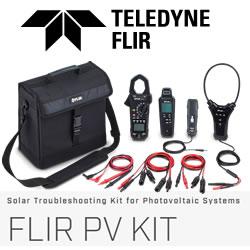Tire Derived Fuel
Using Sound Energy to Drive Your Car
OIL AND COAL IN THE 21ST CENTURY
Cultured Micro-Algae Produces Omega-3 Bio-Lipid Oil
Just Why aren't Algae Getting the Attention they Deserve?
Natural Gas hydrates and their Potentiality for Future energy supply
Energy From The Tides
Microbial Fuel Cells
Wind Energy Collection using Contra-Rotation
Hydrogen Production Technology ― Light-Powered Generation
Studies on Ideal and Actual Efficiency of Solar Polymer Electrolyte Fuel Cell
SuperGreen Ships and Barges
TERRESTRIAL SOLAR CELL SURPASSES 40 PERCENT EFFICIENCY
Parallel Solar Technology
SuperGreen Buildings Technology
Records 286 to 300 of 324
First | Previous | Next | Last
Featured Product

